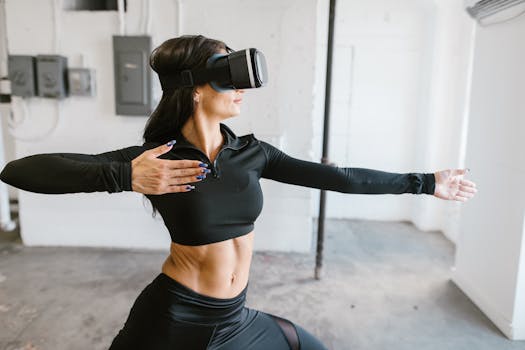
“
Wearable Tech in 2025: Bridging the Gap Between Health and Technology
Wearable Tech in 2025: Bridging the Gap Between Health and Technology is an exciting and rapidly evolving field that has the potential to transform the way we live, work, and interact with our surroundings. As we enter a new decade, it’s essential to examine the current state of wearable technology and its impact on our daily lives. In this article, we’ll delve into the latest advancements, trends, and innovations in wearable tech, exploring how they’re bridging the gap between health and technology.
Introduction to Wearable Technology

Wearable technology refers to electronic devices that are designed to be worn on the body, either as an accessory or as a part of our clothing. These devices can track various aspects of our health, fitness, and daily activities, providing valuable insights and data that can help us make informed decisions about our well-being. From smartwatches and fitness trackers to augmented reality glasses and smart jewelry, the range of wearable devices available today is vast and diverse.
Advancements in Wearable Technology

In recent years, wearable technology has undergone significant advancements, driven by improvements in sensor technology, artificial intelligence, and the Internet of Things (IoT). Modern wearable devices are capable of tracking a wide range of health metrics, including heart rate, blood pressure, sleep patterns, and physical activity. They can also provide personalized recommendations for exercise, nutrition, and stress management, making it easier for us to adopt healthy habits and lifestyles. For more on the impact of AI on these devices, check out The Impact of AI on Wearable Technology.
Trends and Innovations in Wearable Tech

As we look to the future, several trends and innovations are set to shape the wearable technology landscape. Some of the most significant developments include the integration of artificial intelligence (AI) and machine learning (ML) algorithms, which enable wearable devices to learn our habits and preferences, providing more accurate and personalized insights. Another trend is the rise of augmented reality (AR) and virtual reality (VR) wearables, which promise to revolutionize the way we interact with information and our surroundings.
Conclusion

In conclusion, wearable technology has come a long way in recent years, and its potential to bridge the gap between health and technology is vast. As we continue to innovate and push the boundaries of what’s possible, we can expect to see even more exciting developments in the years to come. Whether you’re a fitness enthusiast, a health professional, or simply someone looking to improve your overall well-being, wearable technology has something to offer. So why not explore the world of wearable tech today and discover the many benefits it has to offer?





2 thoughts on “Wearable Tech in 2025: Bridging the Gap Between Health and Technology”
Comments are closed.